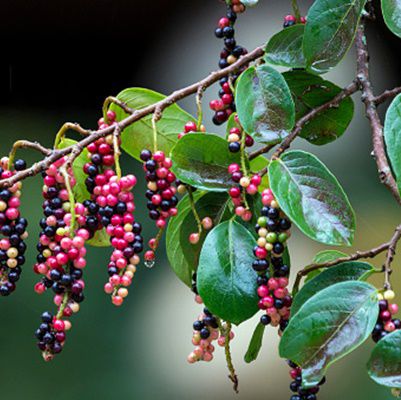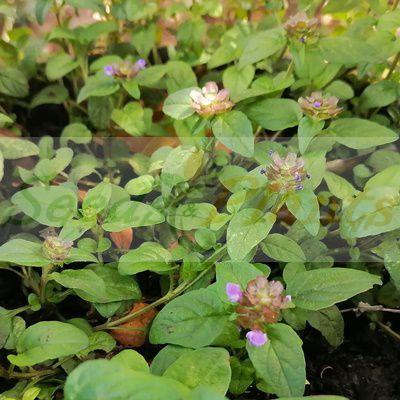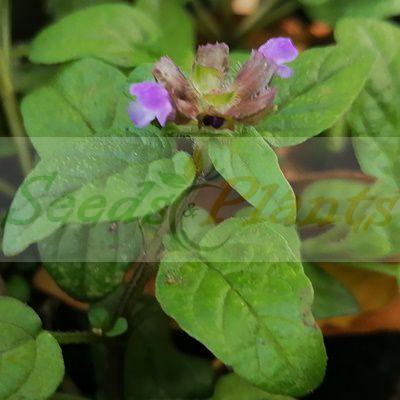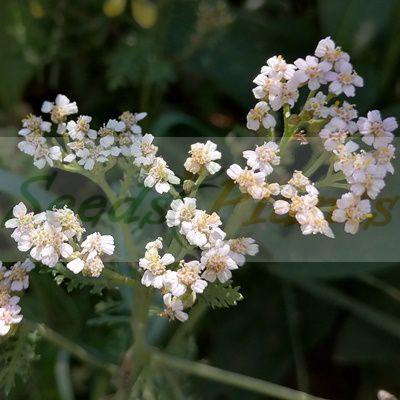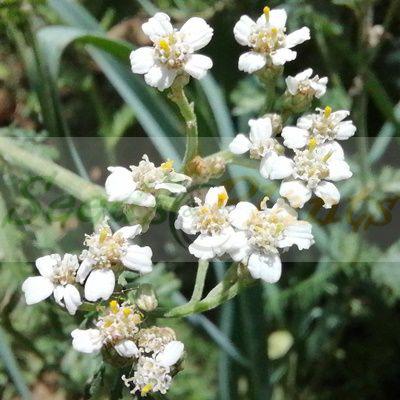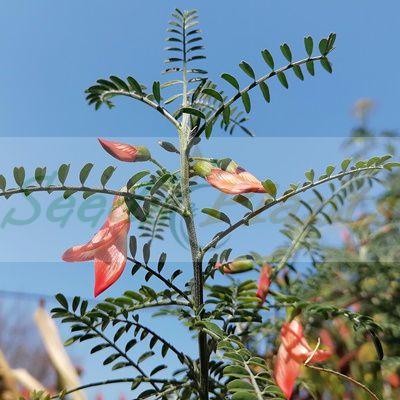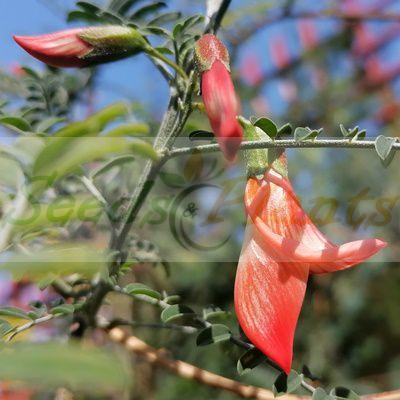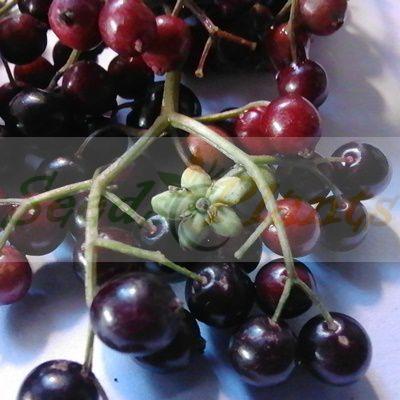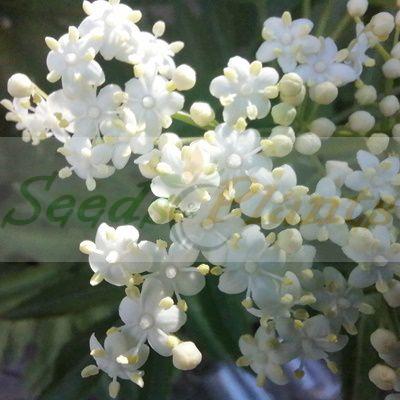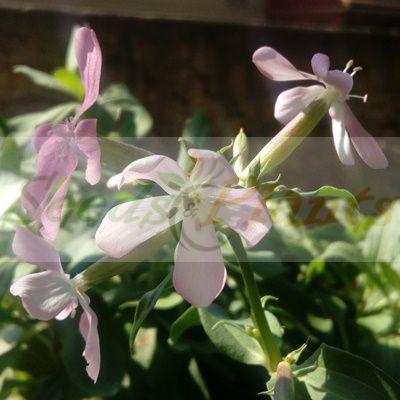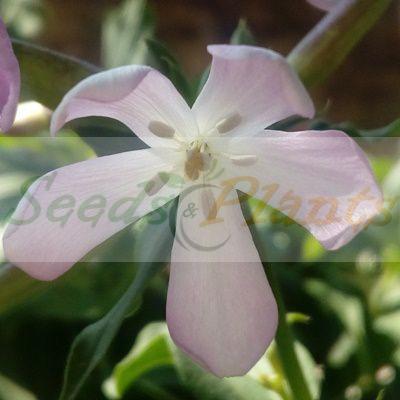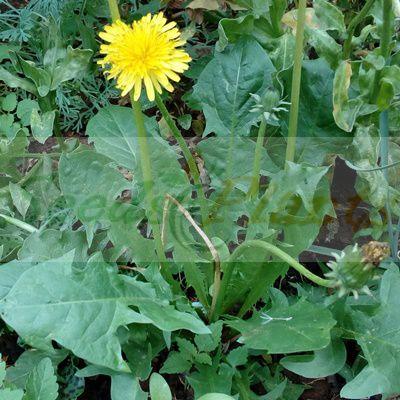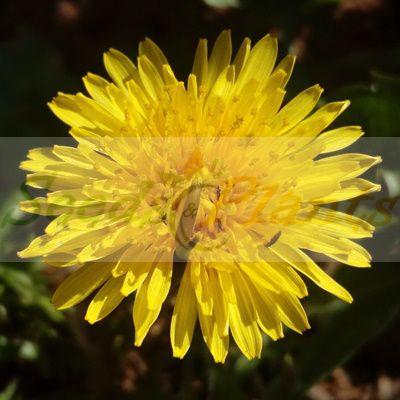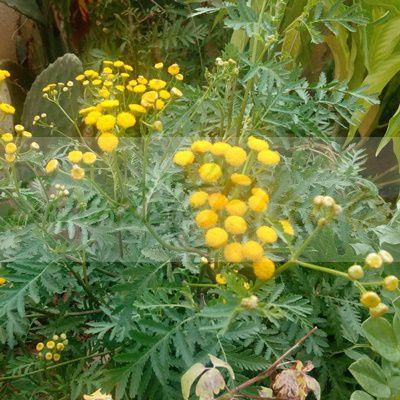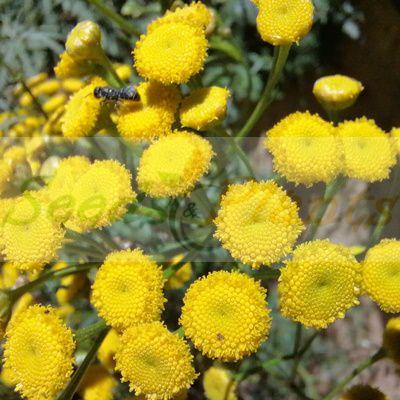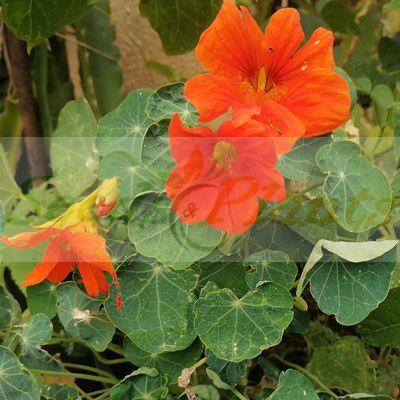Tasselberry – 5 Seeds
(Antidesma venosum)
R30.00
Apart from the Tasselberry’s edible fruits, the tree also has medicinal uses.
Common names: Tasselberry (Eng.), Voëlsitboom, Tosselbessie (Afr.); isiBangamlotha, Isiqutwane, Umhlabahlungulu, Umhlalanyoni (isiZulu); modulane (Northern Sotho), Kgôbê-tsabadisana, Moingwe, Segagama (Setswana), Mufhala-khwali (Tshivenda), Umtyongi (isiXhosa).
Indoor Sowing: Spring.
Direct Sowing: Spring.
In stock
Tasselberry (Antidesma venosum) is an evergreen to semi-deciduous shrub or small tree with a dense, rounded crown, flowers in long, thin catkins that attract insects and insect-eating birds. It is a very decorative tree that grows in height from 3m – 10m. It produces edible fruits and has medicinal uses. While some find the fruit to taste sweet and slightly acidic, others describe it as similar to mulberries. The fruit can be eaten fresh or used to make natural dyes.
Flowers are small and unpleasantly scented, but showy and distinctive. Male and Female flowers are found on separate trees, so more than 1 tree is needed for fruiting to take place. Male flowers are produced in long, thin catkins which are found at the ends of newly grown twigs. Female flowers are produced in thin but shorter catkins at the ends of twigs. Flowering time is in early summer.
Fruits are very small, almost oval, ±10 mm in length and 8 mm in diameter, with a soft exocarp and fleshy, edible mesocarp. The fruits are green at first, and individually ripen to white, bright-red or purplish-black, often resulting in a multi-colored tassel. Fruiting time is in late summer to autumn.
Common names: Tasselberry (Eng.), Voëlsitboom, Tosselbessie (Afr.); isiBangamlotha, Isiqutwane, Umhlabahlungulu, Umhlalanyoni (isiZulu); modulane (Northern Sotho), Kgôbê-tsabadisana, Moingwe, Segagama (Setswana), Mufhala-khwali (Tshivenda), Umtyongi (isiXhosa)
Tasselberry Medicinal Benefits:
It is used in treating various ailments, including digestive issues, respiratory problems, skin infections, and even snakebites.
Growing Tasselberry:
Indoor Sowing: Spring.
Direct Sowing: Spring.
- Seeds should be sown in seedling trays filled with a mixture of river sand and compost.
- The seeds should be covered with a thin layer of mixture (sand and compost) and kept moist in a warm place.
- Germination in about 20 days, but may take longer.
- The seedlings should be transplanted into nursery bags with sandy soil and compost when reaching the 3-leaf stage.
- Prefers a sunny location and well-draining soil.
- Since it is frost tender, young trees should be sheltered against extreme cold.
- Once established, it can withstand mild cold and short periods of light drought.
Disclaimer
Medicinal Information:
All medicinal information on this website is for educational and informational purposes only and may not be construed as medical advice. The information is not intended to replace medical advice or treatment offered by healthcare professionals.
Seeds, Plants, Plant Cuttings, Geophytes and Dried Herbs:
In some countries and provinces, certain plants are deemed as invasive and are not allowed to be planted at all, whilst some plants are allowed to be grown only in certain areas or provinces. The onus is on you as the buyer to familiarize yourself with the regulations pertaining to your location, before purchasing any of our seeds, plants, plant cuttings, geophytes or dried herbs. We will not be held liable, should you purchase any seeds, plants, plant cuttings, geophytes or dried herbs. from us which are prohibited in your country or province.



